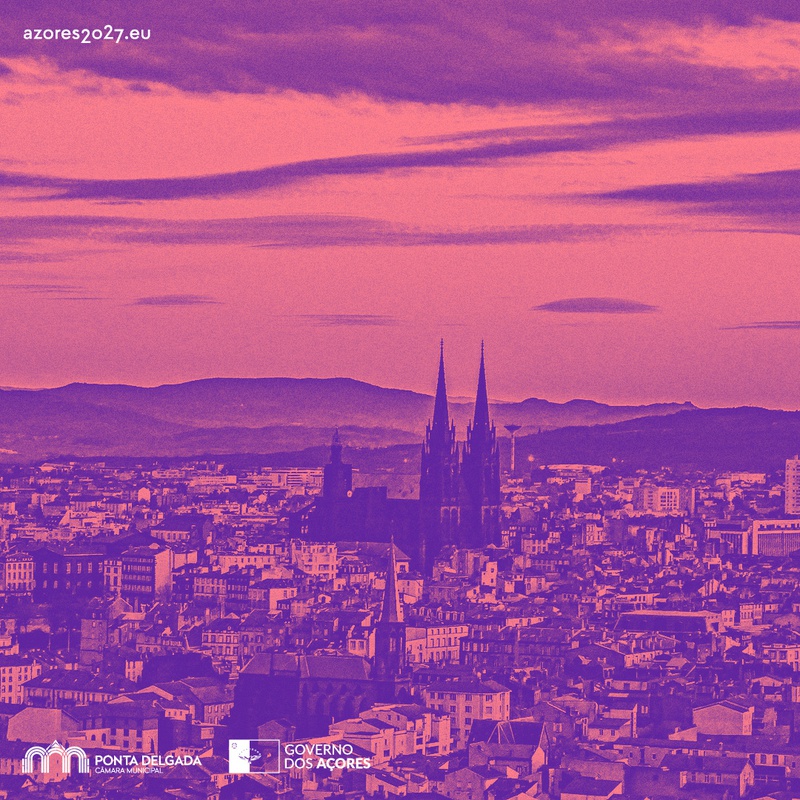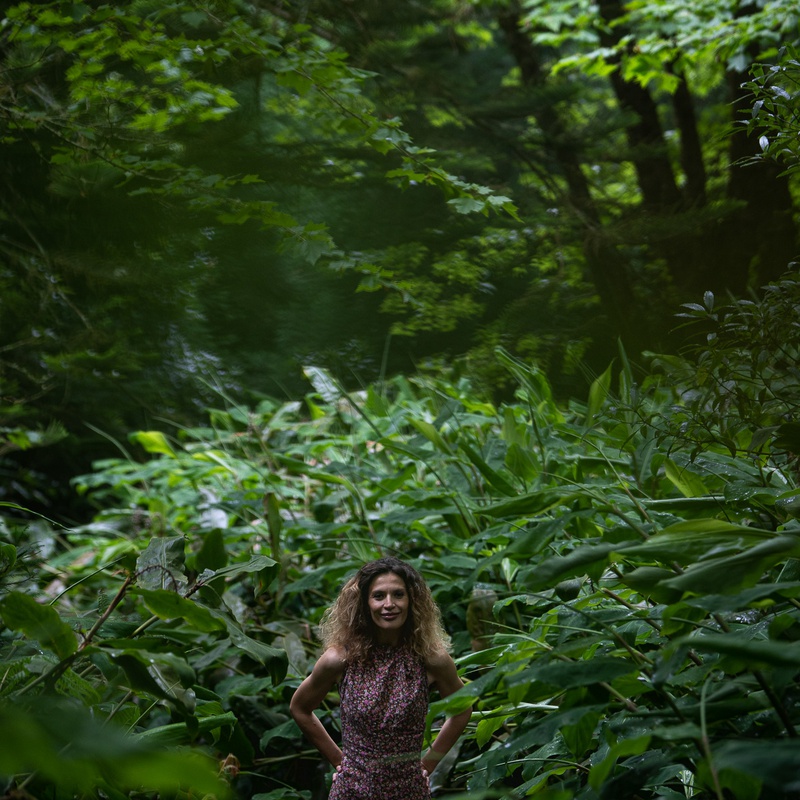
Candidacy for the European Capital of Culture – a Reinterpretation of the Azorean Cultural Identity
The Councillor for Culture of the Ponta Delgada City Council, Sérgio Rezendes, said this Friday evening that Ponta Delgada's candidacy for the European Capital of Culture (Azores 2027) "is a reinterpretation of our Cultural Identity".
The Councillor was speaking on behalf of the Mayor, Pedro Nascimento Cabral, at the presentation of the "Communitarian Herbarium of the Azores" project, coordinated by Bruno Marquez under the Azores 2027 "Hand in Hand" initiative.
"This is a pioneering project on the reinterpretation of what we want our candidacy to be and of what we want Art and Science to represent in the whole process" – emphasised the Councillor who is also the coordinator of this candidacy.“
According to Sérgio Rezendes, Azores 2027 "will ensure the international projection that we hope to be the second and third phases of our candidacy".
The "Communitarian Herbarium of the Azores", which involved elderly people from Nordeste, shows 31 endemic species from a total of more than a hundred species collected during the project, and is accessible to the general public.
This initiative started with the collection of endemic and native plants in Nordeste, together with the community, as a way to enhance the Natural and Cultural Heritage.
The collection of this material led to the creation of the curatorship and the exhibition.
The project deepened the knowledge about the native and endemic flora of the Azores, as a means of accessing and divulging the archipelago’s Natural Heritage.
A herbarium is a collection of dried, preserved and identified plants or parts of them, containing information regarding the collector’s identity, the place and the collection’s date and the habitat where the plant was found.
These are classified and used as material for the study of botany, research and environmental education. The particularity of this initiative is that knowledge is not only produced by scientists or specialists, on the contrary, we wanted to involve the community as part of the process. Through the activities developed they became authors and creators of knowledge.
The already mentioned exhibition was a strategy for disseminating this project. It displayed a selection of the collected plants, including photographs and drawings made during the activities, in order to broaden the knowledge of these species (once common and present in everyday life) to the whole community. The project created a herbarium with species of native and endemic flora, increasing the tools for research, environmental education and dissemination on the natural heritage of the Azores.


